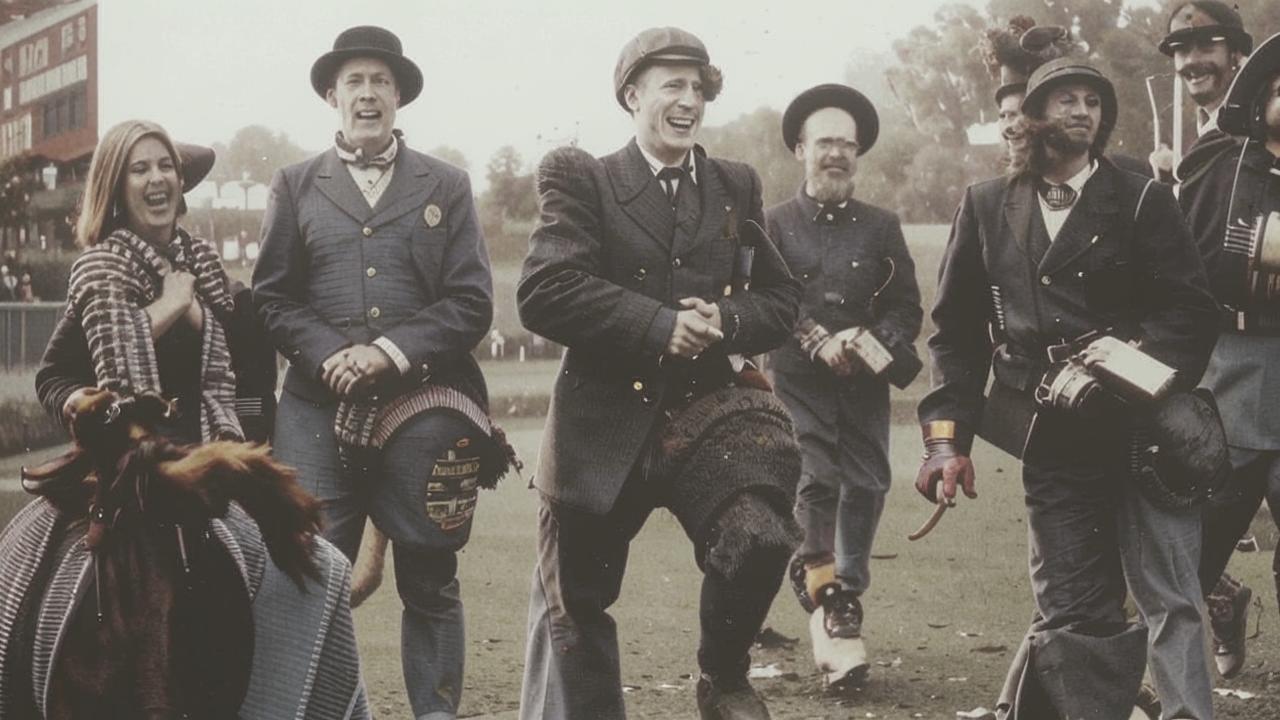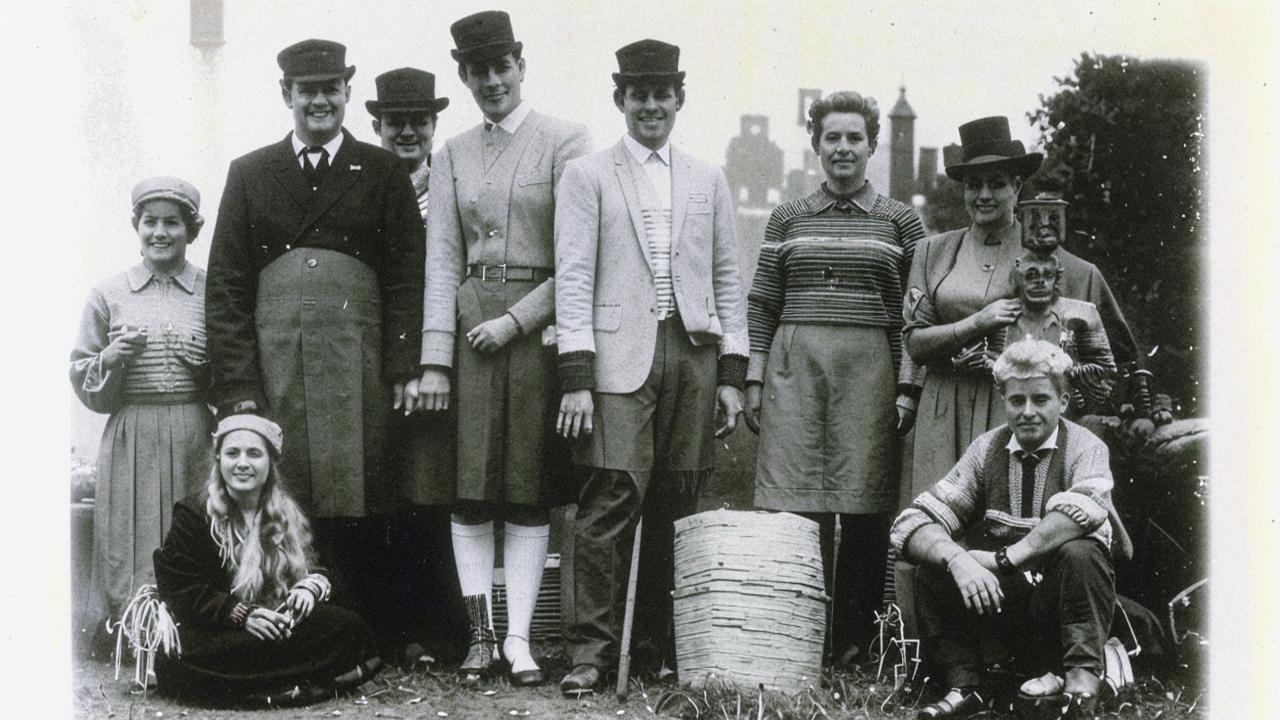
psychologist
“Our emotions are always reflected on the body. When we experience this or that feeling, certain reactions are triggered: facial expressions, look, voice, posture, inner state change. This is often described with phraseologisms: “my heart sinks”, “my legs give out”, “my stomach cramps”. So where do our emotions “live” in the body? How to show them correctly and cope with feelings?”
How does the body react to emotions?
American psychotherapist Alexander Loewen in his book “Body Language” identifies nine basic human emotions:
- joy – the chest feels as if it is expanding, rising and opening;
- sadness – the feeling that the chest is shrinking and shrinking;
- resentment – the feeling that the chest “squeezes”;
- tenderness – feeling a pleasant and “spreading” warmth in the chest;
- anger – the body “swells” from the pelvic area to the chest;
- shame – the diaphragm area (between the chest and the abdomen) feels as if it is “burning” like fire;
- disgust – there is a feeling in the upper abdomen that something has been squeezed, turned over or twisted;
- fear – the lower abdomen “squeezes”, it feels as if it is shrinking;
- sexual arousal – there is a pleasant “spilling” and “expanding” feeling in the pelvis.
There are also other reactions. So, because of any negative emotions, a person tenses the muscles of the jaw, the area near the eyes and mouth. Anxiety provokes the appearance of wrinkles on the forehead. Insecurity is reflected in the shoulders – a person begins to slouch.

Also, the muscles of the shoulders and forearms are tense in the case of distrust of other people. And when feeling guilty, a person can involuntarily pull his head into his shoulders, wanting to hide.
If we talk about positive emotions (happiness, joy, love), they are usually manifested by a feeling of spilling warmth throughout the body. This is due to the fact that at such times in the body is activated blood circulation. And the muscles do not clench, as happens with negative feelings. The muscular system, on the contrary, relaxes.
How to properly show emotions and cope with them?
Do not suppress your feelings
Any emotion is energy. When we try to contain feelings and hide them from others, it accumulates inside, can not find an outlet and begins to destroy the body. As a result, muscle blocks, neuroses, psychosomatic diseases arise.
For example, if you suppress resentment, over time there may appear soreness between the shoulder blades. And this discomfort will not go away until a person releases negative emotions. Therefore, under no circumstances should feelings be kept inside.

Learn to express emotions in an ecological way
Emotions always need an outlet, but it should not be harmful to those around you. You do not need to shout at loved ones or throw fists at the offender. After all, there are civilized ways to express your feelings.
For example, anger and rage can be discharged in the gym (on exercise machines or punching bags). If you feel a “lump in your throat” from resentment – try shouting it out at karaoke or in a private place.
There is a good exercise that helps to release emotions and not keep them inside: go to the mirror and make faces for three minutes every day. Such regular exercise will allow you to ecologically get rid of the accumulated for the day worries.

Learn to relax
What to do if at the moment you are overwhelmed with emotions, and there is no way to spill them out? For such cases there are express techniques for relaxation. One of the most popular techniques is free and deep breathing.
This will help to quickly relieve tension and calm emotions. You can also tightly close your eyes for a few seconds, make a deep exhalation, and then open them again.
Consult a psychologist
If you regularly experience negative emotions, nervous tension and muscle clamps, it is worth contacting a psychologist. Self-treatment in such cases is undesirable, otherwise you risk hurting yourself even more. It is better to use the help of a qualified specialist. He will find the cause of this condition and suggest how to solve the problem.





